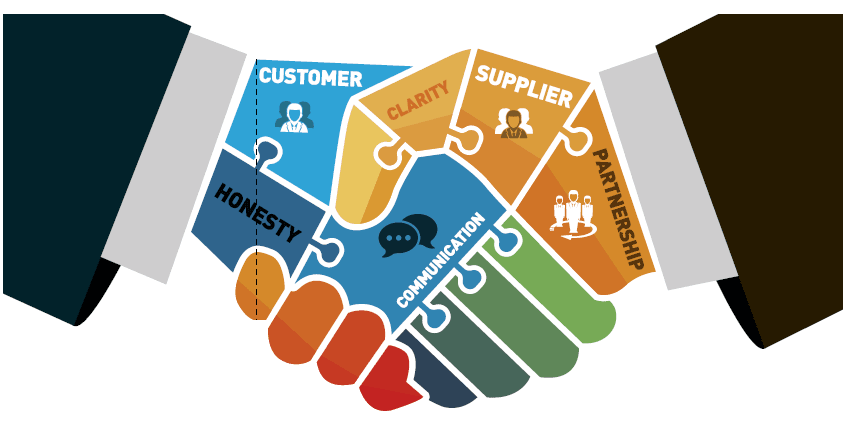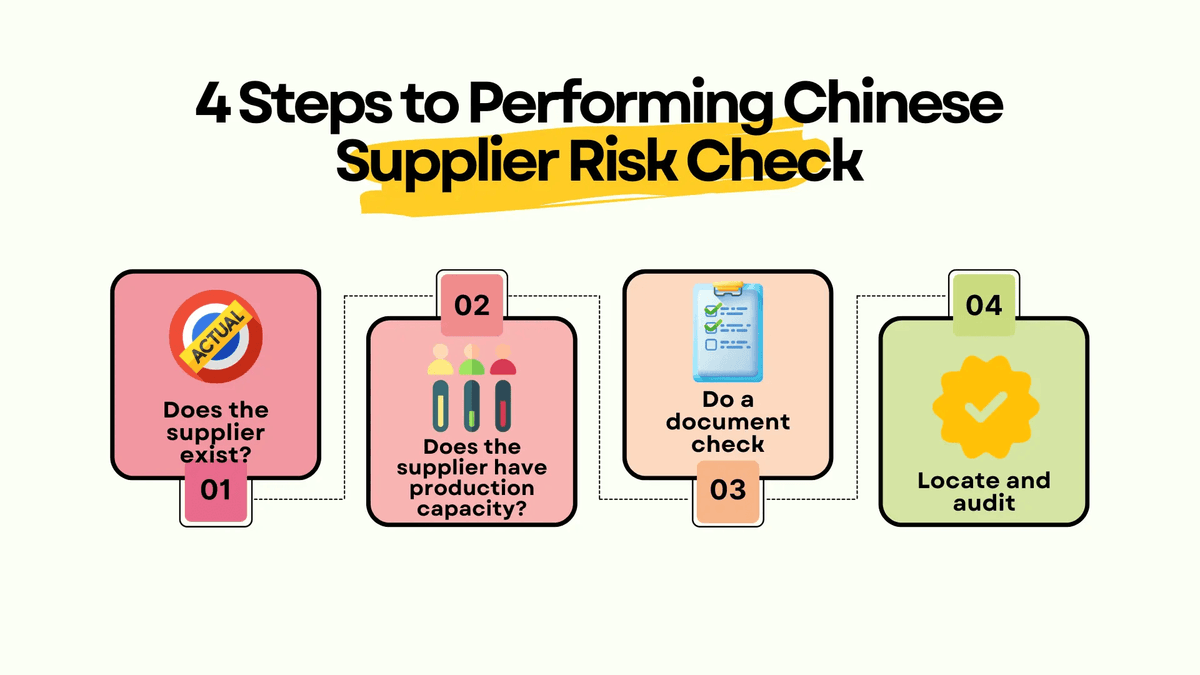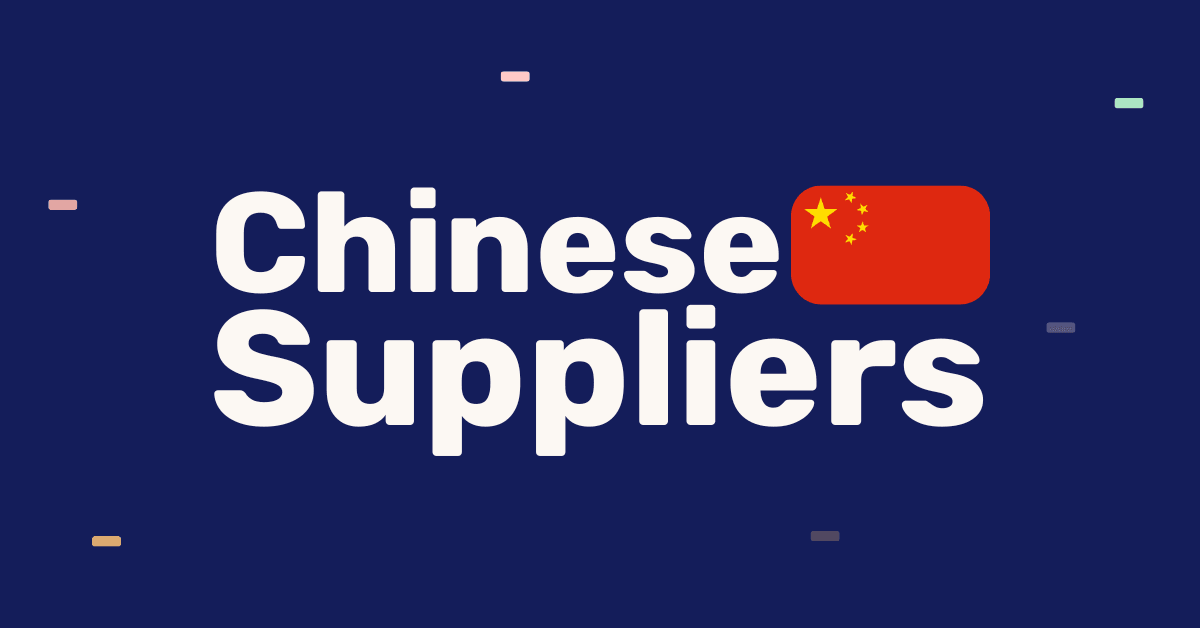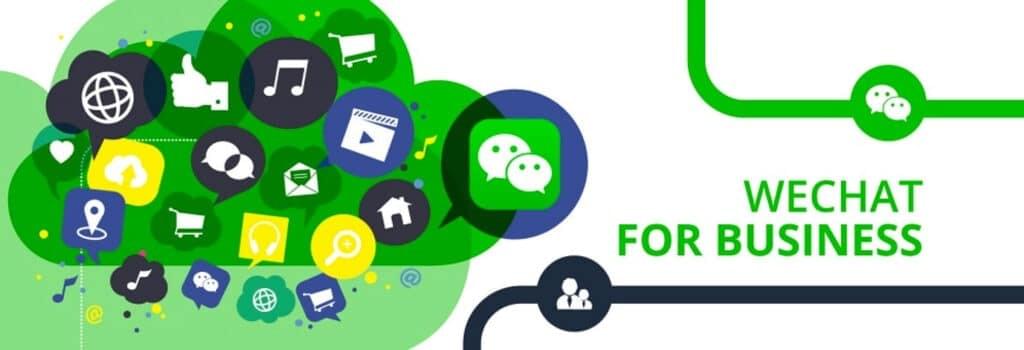Introduction: The Silent Treatment You Don't Deserve (But Might Have Earned)
Imagine sending out dozens of emails to potential Chinese suppliers, only to be met with deafening silence. Sound familiar? It's like shouting into the void, except the void usually has the courtesy to echo back. Many international buyers struggle to understand why their carefully crafted emails go unanswered, assuming their message was lost somewhere in the digital abyss between continents.
The truth is, there's an art to communicating with Chinese manufacturers that goes far beyond simple translation or adding "please" and "thank you." Your email might be getting exactly the response it deserves: none whatsoever.

The Harsh Reality of Supplier Communication (They're Just Not That Into You)
Not all Chinese factories are desperate for your business. In fact, that factory you're excitedly messaging might be looking at your email the same way you look at those "extend your car warranty" calls.
Top-tier manufacturers:
- Have established long-term client relationships (and don't need a random Tuesday email about your "revolutionary" product idea)
- Operate at near-full production capacity (your order for 100 units isn't exactly stopping the presses)
- Are selective about new business partnerships (like dating in your 30s, they've learned to spot red flags)
The 5 Deadly Sins of Poorly Formatted Emails (Or: How to Guarantee Your Message Becomes Digital Fertilizer)
Your typical amateur email likely commits these critical mistakes, essentially screaming "I AM NOT WORTH YOUR TIME" in a font size that would make billboards jealous:
1. No Business Introduction (AKA "Who Even Are You?")
Amateur Hour Example: "Hi, I want to order your product. Please send quote."
Suppliers want to know WHO you are, not just what you want. Approaching a factory like this is the business equivalent of proposing marriage on a first date. At least buy them dinner first (metaphorically speaking).
- Factories need to know if you're a legitimate business or just someone who watched a dropshipping YouTube tutorial last night
- Credibility matters more than you think – your introduction is your digital handshake
2. Vague Product Requirements (The "I'll Know It When I See It" Approach)
Amateur Hour Example: "I need high-quality water bottles. How much?"
Ambiguity kills communication faster than poor Wi-Fi kills video calls. Your vague request forces the supplier to either:
- Ignore you completely (most likely)
- Play a frustrating game of 20 questions to extract basic information
- Send you a quote for something you don't actually want, beginning a painful cycle of miscommunication
Specificity attracts serious manufacturers who appreciate not having their time wasted on mind-reading exercises.
3. Subjective Quality Descriptions (When "Good" Means Nothing)
Amateur Hour Example: "I need very good quality, best materials only."
"High quality" means nothing without context – it's like telling a chef to make food that "tastes good." Your idea of high quality might be their idea of spacecraft-grade materials with unnecessary gold plating.
- Every supplier believes their product is "good quality" (shocking, I know)
- Without measurable specifications, you're essentially asking them to guess your standards
- Provide objective, measurable specifications that don't require interpretation
4. Missing Technical Specifications (The "I'll Let You Figure It Out" Strategy)
Amateur Hour Example: "Looking for a blue metal water bottle. Price?"
No spec sheet = No serious consideration. Would you hire a contractor to build your house with the instruction "make it nice and not too expensive"? (If you would, I have some troubling news about your future home.)
- Detailed documentation is key – dimensions, materials, finishes, packaging requirements
- Professional factories need technical information to provide accurate quotes
- Without specs, they assume you're not serious or experienced enough to work with
5. Unprofessional Tone (The "Hey Buddy" Problem)
Amateur Hour Example: "Yo! Need prices ASAP for your bottles. Thx!"
Informal language signals inexperience and a potential nightmare client. Business communication in China tends to be more formal than in Western countries – your casual approach might be interpreted as disrespectful.
- Factories seek reliable, long-term partners, not buddies
- Communication style is often seen as a reflection of how you'll conduct business
- Professional doesn't mean stuffy, just respectful

The Perfect Email: A Step-by-Step Blueprint (That Won't Get Immediately Deleted)
1. Professional Introduction (Who Are You and Why Should They Care?)
- Clearly state your company name (not your life story, but more than just your first name)
- Provide a brief company background ("We are a home goods distributor established in 2015 with annual sales of $2M")
- Include a website or professional reference (something more legitimate than your Instagram page)
- Mention how you found them (especially if through a trusted platform or mutual connection)
2. Precise Product Details (What Exactly Do You Want?)
- Specify exact product model/specifications (dimensions, materials, features)
- Attach comprehensive specification sheets (with actual measurements, not "medium sized")
- Use industry-standard terminology (not "the plastic thingy that goes on top")
- Include images or drawings when possible (worth a thousand words, especially across language barriers)
3. Clear Communication Expectations (What Do You Need to Know?)
Request specific information:
- Pricing at different order volumes (not just "your best price")
- Available certifications (specific to your market requirements)
- Production lead times (with realistic deadlines, not "I need 10,000 units by Friday")
- Minimum order quantities (showing you understand how manufacturing works)
4. Communication Etiquette (How to Not Sound Like a Demanding Nightmare)
- Be concise (aim for 250-400 words – War and Peace is a novel, not an email template)
- Use professional language (complete sentences, proper grammar, no text abbreviations)
- Show respect for the supplier's time (organize information logically)
- Address contacts by name when possible (not "Dear Sir/Madam" or worse, "Hey there")

Pro Tips for Successful Sourcing (Beyond Just Not Being Annoying)
1. Research Thoroughly (Before Exposing Your Ignorance)
- Understand industry-specific terminology (nothing says "amateur" like asking for the wrong thing)
- Use platforms like Alibaba for reference (to know what's standard in your product category)
- Learn basic manufacturing concepts related to your product (so you don't ask for unicorn tears as a material)
2. Be Prepared with Samples (Put Your Money Where Your Email Is)
- High-quality manufacturers appreciate physical references (it shows you're not just fishing for quotes)
- Demonstrates seriousness about potential partnership (you've invested more than just time in an email)
- Provides clear expectations for quality standards (eliminating the "but I thought it would look different" problem)
3. Demonstrate Long-Term Potential (They're Looking for a Business Partner, Not a One-Night Stand)
- Hint at future large-scale opportunities (without making promises you can't keep)
- Show you're not a one-time buyer (factories value predictable, repeat business)
- Outline a reasonable growth trajectory (not "we'll start with 100 units but next year we'll order millions")

Common Mistakes to Avoid (Or How to Sabotage Yourself Without Really Trying)
- Demanding immediate responses (your emergency is not their emergency)
- Using machine translation (nothing says "I value our potential relationship" like text that reads like a malfunctioning robot)
- Sending overly lengthy emails (they're running a factory, not a book club)
- Failing to proofread (if you can't be bothered to check your email, how careful will you be with orders?)
- Cultural insensitivity (assuming Western business norms apply universally)
- Haggling aggressively from the start (price negotiations come after establishing relationship and value)
Conclusion: Your Path to Successful Sourcing (Without Developing an Email Complex)
Effective communication with Chinese suppliers isn't about luck—it's a strategic approach. It's not rocket science, but it does require more thought than ordering a pizza. By implementing these guidelines, you'll transform from an overlooked email to a welcomed potential partner.
Remember: The goal isn't just to get a response; it's to start a productive business relationship that could last for years. Your first email sets the tone for everything that follows.
Ready to Elevate Your Sourcing Game?
Start implementing these strategies today and watch your supplier response rates soar from "what email?" to "let's schedule a call." Your future self (and your blood pressure) will thank you.
Disclaimer: Communication strategies may vary across different industries and specific manufacturer cultures. Results may vary. Side effects may include: increased response rates, better supplier relationships, more accurate quotes, and occasionally, the strange feeling that someone is actually reading what you write.